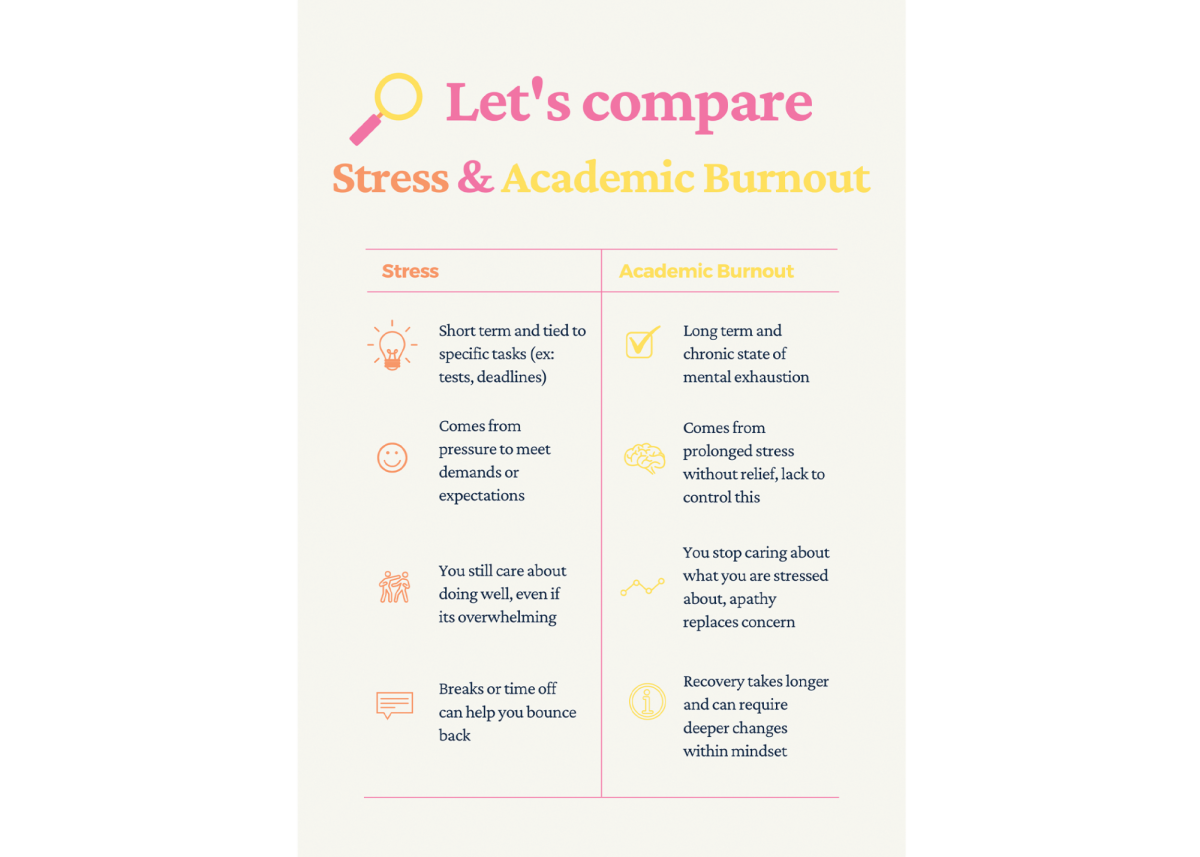What to know while we are IN-fluenza season
February 1, 2018
By: Chloe Heller –
Recently, classrooms have been noticeably less full. Students are home from school for days on end, and substitute teachers line the halls. According to the Washington Post, these past months have held the worst flu season in nearly a decade and, unfortunately, at least 37 children have already died from the virus. These deaths could be explained by an unusual part of the influenza virus this year; The same strain is being found in those who are suffering from the flu in the United States which makes it spread even faster and more efficiently. The same strain of the virus is being found in flu sufferers all throughout the United States. This makes the strain more dangerous and allows it to travel faster and more efficiently.
“Influenza causes many deaths every year, but this year may be worse than normal since the flu vaccine is not a good match for the strains of Influenza this season,” said school nurse Joan Creger. “That is why the CDC [Center for Disease Control] and health officials are so concerned… We are seeing 1-3 cases [come in] most days.”
The flu season started early this year, in October, but right after the holidays it dramatically increased due to children going back to school and spreading the virus. According to Daniel Jernigan, Director of the CDC’s Influenza Division, this year’s virus, H3N2, has lasted about 20 weeks in previous years. Assuming this strain follows the same pattern, this would mean we just need to hold on for a few weeks longer and take steps to kill the virus one person at a time.
Since the flu is contagious, Creger recommended that staff and students with a fever over 100 degrees stay home until they are fever-free for at least a minimum of 24 hours without the aid of fever reducing medication.
The school nurses are also hopeful that students and staff go seek attention and help from their medical provider. “If seen early enough, the CDC is advising doctors to begin treatment with Tamiflu to help shorten the duration of the illness… but otherwise there is no ‘treatment’ other than rest, fluids, and supportive care,” Creger said.
Be sure to pay attention to the daily announcements in the morning, as there are instructions of what you should do if you begin to feel flu symptoms. Some of those symptoms include:
- Soreness
- Congestion
- Cough
- Sore throat
- Fever
- Headache
- Muscle aches
Also, take notice of the signs posted around bathrooms and in the nurse’s office regarding how to wash your hands properly and be aware of sickness! The flu can be an extremely painful sickness, and Southeast nurses are doing everything they can to help prevent it.
More about the flu from LSE nurses and administration:









